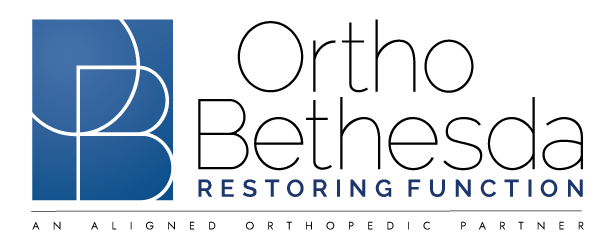
Did you know tennis elbow and golfer’s elbow can happen to anyone — not just athletes? You might have one of these conditions if you feel pain and weakness in your elbow muscles. Let’s discuss the differences between golfer’s and tennis elbow and your treatment options.
Tennis Elbow vs. Golfer’s Elbow
Tennis elbow and golfer’s elbow impact the muscles near your epicondyle, the projections on the rounded end of your arm bone. Both conditions cause pain, weakness, stiffness and tenderness.
The location of the affected muscle determines whether you have tennis or golfer’s elbow. When you have tennis elbow, the symptoms occur on the outer side of your arm. Meanwhile, golfer’s elbow happens to the muscles on the inside of your arm. In some cases, the pain from these conditions spreads into your wrist and forearm.
What Causes Each Injury?
You can develop tennis elbow or golfer’s elbow from repetitive motions. Repeated strain creates small tears in the affected muscle, resulting in pain and stiffness.
Tennis elbow comes from damage to the muscles used to straighten and raise your wrist and arm. You use these muscles during activities like cutting food, painting or — of course — tennis strokes.
Golfer’s elbow involves tears in the muscles that control the fingers and wrist. It can result from golfing, but it also happens due to damage from improper lifting or sports technique.
Can Someone Have Tennis Elbow and Golfer’s Elbow at the Same Time?
If you strain the muscles involved in both conditions, you can experience golfer’s and tennis elbow at the same time. Patients who make repetitive movements using multiple arm muscles can become susceptible to both.
Treating and Preventing Tennis Elbow and Golfer’s Elbow
Both golfer’s and tennis elbow can improve on their own with rest. Your doctor may recommend taking a break from repetitive activities, icing the area or taking over-the-counter pain medicine. They might also ask you to wear a brace to reduce the tension in your arm. Some patients need to complete stretching and strengthening exercises for optimal recovery. You and your doctor will work together to find the right treatment.
Treating your muscles with care can help you reduce your risk of tennis or golfer’s elbow. Remember to stretch before performing physical activity and use the proper form. Make sure you use the right equipment for your sport or job. If you need help determining how to put less strain on your muscles, try asking your coach or supervisor for advice.
Should I See an Orthopedic Specialist?
Whether or not you should visit a specialist depends on the duration of your symptoms. If your elbow hurts for more than a week or gets worse, you can benefit from a doctor’s help. You should also contact an orthopedic specialist if you experience:
- Swelling and redness
- A noticeable lump or bulge
- Symptoms that interfere with everyday activities
- Difficulty moving your arm
If you need an orthopedic evaluation and treatment, the team at OrthoBethesda can help. We welcome you to schedule an appointment online or call us at 301-530-1010.
Related Content
- Golfer’s Elbow: What Is Is and How You Can Heal It
- 7 Tennis Elbow Exercises to Treat Your Pain at Home
- How Long It Takes for Tennis Elbow to Heal
- Top Exercises to Avoid If You Have Tennis Elbow
- Exercises You Can Do for Tennis Elbow
- Biceps Tendonitis
- Tenodesis vs. Tenotomy
- Everything to Know About Tommy John Surgery
